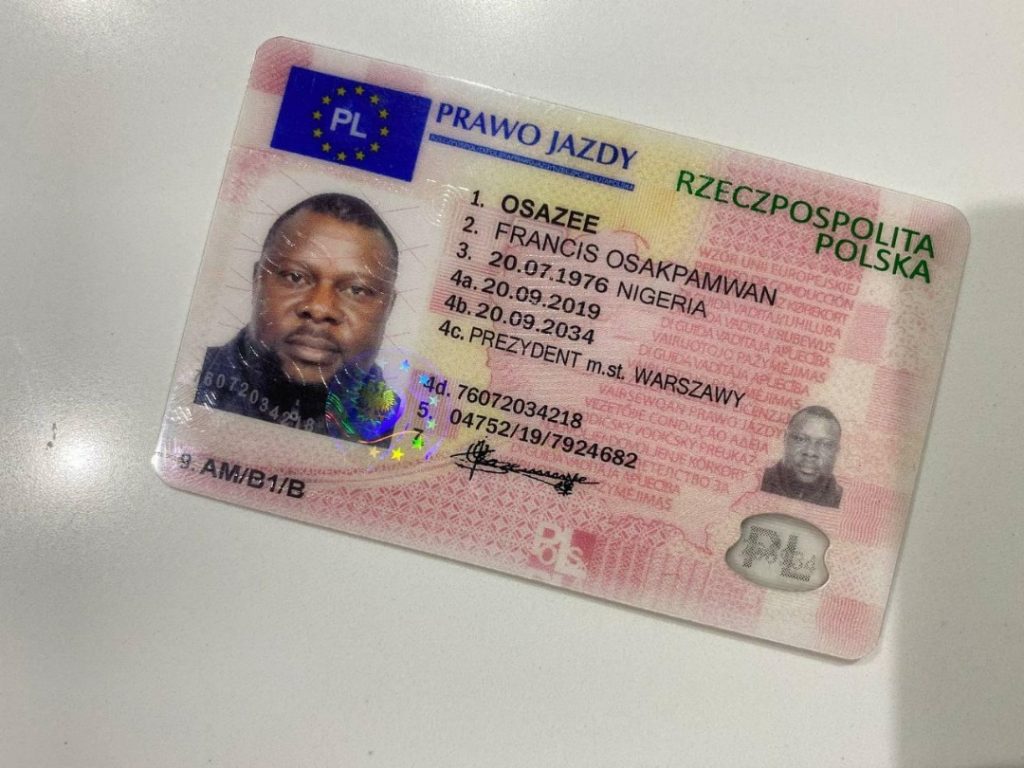7 Useful Tips For Making The Most Out Of Your Driving Licenses B
Understanding Driving Licenses: Types, Requirements, and Frequently Asked Questions
Driving is a basic element of contemporary life, and acquiring a driving license is a critical milestone for lots of individuals. This short article checks out the various kinds of driving licenses available, the requirements to get them, and answers frequently asked questions associated with the subject. An educated perspective on driving licenses can assist individuals understand the significance of selecting the proper type of license to meet their needs.
Types of Driving Licenses
Driving licenses can differ between nations and areas, however they typically fall into a number of major classifications. The following table sums up the most common kinds of driving licenses, including their functions and common constraints.
Kind of License
Description
Common Restrictions
Eligibility Age
Student's Permit
Enables beginner chauffeurs to practice.
Must drive with a certified grownup.
16-18 years of ages
Class C License
Standard license for passenger cars.
No constraint on variety of passengers.
18 years or older
Class A License
Business license for big automobiles.
Should follow more stringent policies.
21 years or older
Class B License
For driving buses and larger cars.
May need unique recommendations.
21 years or older
Bike License
For running motorcycles.
Must wear a helmet; differs by state.
16-18 years of ages
International License
Permits legal driving in foreign nations.
Need to possess a legitimate domestic license.
18 years or older
Learner's Permit
The student's authorization is the first action for numerous individuals venturing into the world of driving. This permit enables novice motorists to practice driving under monitored conditions, normally requiring a licensed grownup over a particular age to accompany them in the vehicle.
Class C License
The Class C license is the most typically held driving license, permitting individuals to operate basic passenger cars. navigate to this web-site has fewer constraints compared to other classifications.
Class A and B Licenses
Class A and B licenses are essential for running business cars. These licenses require special training and testing, ensuring that chauffeurs are equipped with the abilities required for steering larger and more intricate cars securely.
Motorcycle License
People interested in riding bikes need to get a bike license, which can need extra training and testing. Security equipment, such as helmets, is typically mandated by law.
International License
A worldwide driving license makes it possible for individuals to drive in foreign nations, but it is essential to have a legitimate domestic driving license in combination with the international permit.
Requirements to Obtain a Driving License
The requirements for getting a driving license can differ substantially by jurisdiction. However, there prevail steps and requirements that a lot of candidates will encounter. Below is a list of general requirements:
Age Requirement:
- Minimum age differs; student's permits are frequently released at 16, while complete licenses might need candidates to be 18 or older.
Vision Test:
- Most jurisdictions need candidates to pass a vision test to ensure safe driving abilities.
Written Test:
- New chauffeurs need to pass a written exam that covers traffic laws, road signs, and safe driving practices.
Driving Test:
- Practical driving tests are carried out to demonstrate an applicant's ability to run a vehicle safely under numerous conditions.
Costs:
- Payment of application and screening costs is typically needed.
Evidence of Identity:
- Applicants should supply valid recognition, such as a passport or birth certificate, in addition to proof of residency.
Parental Consent (for minors):
- Parental or guardian consent is typically needed for applicants under the age of 18.
Understanding the various kinds of driving licenses and their associated requirements is important for anyone wanting to drive lawfully and safely. Each license serves an unique purpose, dealing with numerous driving needs, from basic cars to industrial transportation and motorcycles. By satisfying the needed criteria and sticking to guidelines, striving motorists can delight in the flexibility of driving while ensuring their security and the safety of others.
Frequently Asked Questions (FAQs)
What do I need to bring when obtaining a driving license?
- You normally require to provide identification, proof of residency, and any required application fees. Inspect with your regional DMV or licensing authority for particular requirements.
For how long does it take to get a driving license?
- The timeline can differ based on private scenarios, such as how quickly one can finish the needed tests, and whether there is a backlog at the licensing authority.
Can I drive with a learner's permit?
- Yes, however you should be accompanied by a licensed chauffeur and adhere to constraints set by your local laws.
What happens if I stop working the driving test?
- You usually have the alternative to retake the test after a designated waiting duration, which varies by jurisdiction.
Is it essential to take a driving course?
- While not constantly compulsory, taking a chauffeur's education course can be helpful and is often needed for people looking for a learner's permit.
By being informed about the types of licenses available, the requirements required for acquiring one, and the associated regulations, potential drivers can browse the process of getting a driving license with self-confidence.
